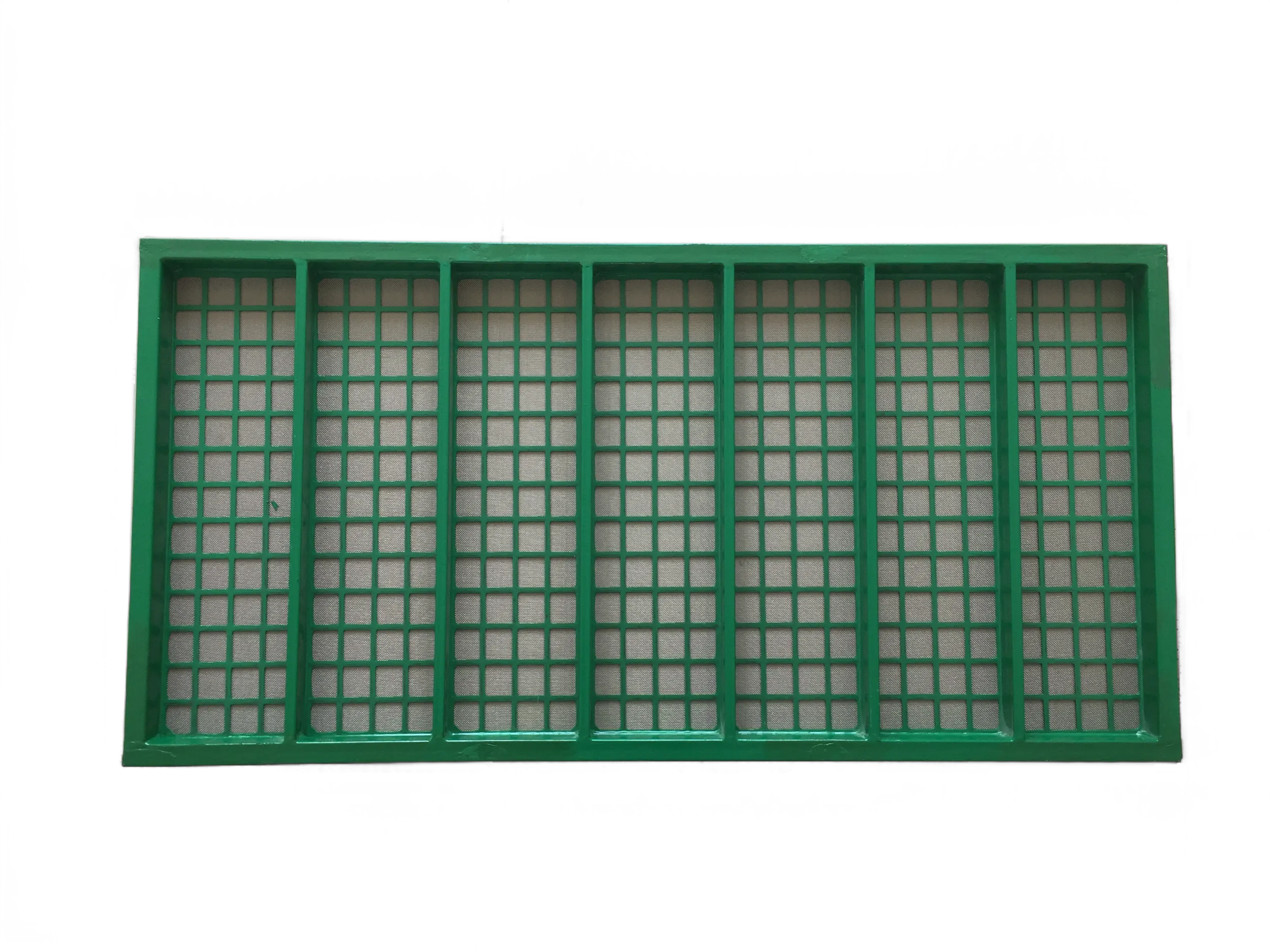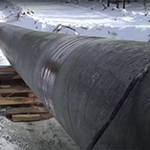- Industrial zone, South of Anping Town, Hengshui, Hebei, China.
- sales@hfpetromesh.com
- +86-18931809706
 Afrikaans
Afrikaans  Albanian
Albanian  Amharic
Amharic  Arabic
Arabic  Armenian
Armenian  Azerbaijani
Azerbaijani  Basque
Basque  Belarusian
Belarusian  Bengali
Bengali  Bosnian
Bosnian  Bulgarian
Bulgarian  Catalan
Catalan  Cebuano
Cebuano  Corsican
Corsican  Croatian
Croatian  Czech
Czech  Danish
Danish  Dutch
Dutch  English
English  Esperanto
Esperanto  Estonian
Estonian  Finnish
Finnish  French
French  Frisian
Frisian  Galician
Galician  Georgian
Georgian  German
German  Greek
Greek  Gujarati
Gujarati  Haitian Creole
Haitian Creole  hausa
hausa  hawaiian
hawaiian  Hebrew
Hebrew  Hindi
Hindi  Miao
Miao  Hungarian
Hungarian  Icelandic
Icelandic  igbo
igbo  Indonesian
Indonesian  irish
irish  Italian
Italian  Japanese
Japanese  Javanese
Javanese  Kannada
Kannada  kazakh
kazakh  Khmer
Khmer  Rwandese
Rwandese  Korean
Korean  Kurdish
Kurdish  Kyrgyz
Kyrgyz  Lao
Lao  Latin
Latin  Latvian
Latvian  Lithuanian
Lithuanian  Luxembourgish
Luxembourgish  Macedonian
Macedonian  Malgashi
Malgashi  Malay
Malay  Malayalam
Malayalam  Maltese
Maltese  Maori
Maori  Marathi
Marathi  Mongolian
Mongolian  Myanmar
Myanmar  Nepali
Nepali  Norwegian
Norwegian  Norwegian
Norwegian  Occitan
Occitan  Pashto
Pashto  Persian
Persian  Polish
Polish  Portuguese
Portuguese  Punjabi
Punjabi  Romanian
Romanian  Russian
Russian  Samoan
Samoan  Scottish Gaelic
Scottish Gaelic  Serbian
Serbian  Sesotho
Sesotho  Shona
Shona  Sindhi
Sindhi  Sinhala
Sinhala  Slovak
Slovak  Slovenian
Slovenian  Somali
Somali  Spanish
Spanish  Sundanese
Sundanese  Swahili
Swahili  Swedish
Swedish  Tagalog
Tagalog  Tajik
Tajik  Tamil
Tamil  Tatar
Tatar  Telugu
Telugu  Thai
Thai  Turkish
Turkish  Turkmen
Turkmen  Ukrainian
Ukrainian  Urdu
Urdu  Uighur
Uighur  Uzbek
Uzbek  Vietnamese
Vietnamese  Welsh
Welsh  Bantu
Bantu  Yiddish
Yiddish  Yoruba
Yoruba  Zulu
Zulu
- Afrikaans
- Albanian
- Amharic
- Arabic
- Armenian
- Azerbaijani
- Basque
- Belarusian
- Bengali
- Bosnian
- Bulgarian
- Catalan
- Cebuano
- Corsican
- Croatian
- Czech
- Danish
- Dutch
- English
- Esperanto
- Estonian
- Finnish
- French
- Frisian
- Galician
- Georgian
- German
- Greek
- Gujarati
- Haitian Creole
- hausa
- hawaiian
- Hebrew
- Hindi
- Miao
- Hungarian
- Icelandic
- igbo
- Indonesian
- irish
- Italian
- Japanese
- Javanese
- Kannada
- kazakh
- Khmer
- Rwandese
- Korean
- Kurdish
- Kyrgyz
- Lao
- Latin
- Latvian
- Lithuanian
- Luxembourgish
- Macedonian
- Malgashi
- Malay
- Malayalam
- Maltese
- Maori
- Marathi
- Mongolian
- Myanmar
- Nepali
- Norwegian
- Norwegian
- Occitan
- Pashto
- Persian
- Polish
- Portuguese
- Punjabi
- Romanian
- Russian
- Samoan
- Scottish Gaelic
- Serbian
- Sesotho
- Shona
- Sindhi
- Sinhala
- Slovak
- Slovenian
- Somali
- Spanish
- Sundanese
- Swahili
- Swedish
- Tagalog
- Tajik
- Tamil
- Tatar
- Telugu
- Thai
- Turkish
- Turkmen
- Ukrainian
- Urdu
- Uighur
- Uzbek
- Vietnamese
- Welsh
- Bantu
- Yiddish
- Yoruba
- Zulu
helmi . 14, 2025 19:56
Back to list
Swage-Locked Steel Grating
Metal gratings are integral components in a myriad of industries due to their robust nature and versatility. Understanding the factors affecting the weight of metal gratings is essential for selecting the right type for your specific application. Here's a comprehensive exploration of metal grating weight focusing on practical experience, professional expertise, authoritative insights, and trustworthiness.
For industry professionals, real-world experience has emphasized the importance of choosing metal gratings that balance weight with necessary strength and durability. In environments subjected to harsh weather conditions or heavy, frequent traffic, sturdier metal gratings may be essential even if they are heavier. Conversely, in applications where ease of movement is a priority, lighter materials are preferred, with safety measures undertaken to mitigate reduced load capacities. Professional expertise in tailoring metal grating solutions to specific industrial needs is invaluable. Experts can provide invaluable insights tailored to unique conditions, balancing theoretical knowledge with practical application. They often consider additional factors, such as the lifecycle of the metal grating, maintenance needs, and potential for recycling or reusing materials, which can also influence the decision-making process regarding weight. Authoritative guidance should be sought from established industry leaders and manufacturers with a solid reputation for quality and reliability. These entities provide not only metal gratings but also handbook-type technical advice and support throughout the product's lifecycle. Their expertise is often backed by comprehensive research, development, and field-testing, ensuring customers receive products that not only meet but exceed safety and performance standards. In conclusion, metal grating weight is an intricate subject that combines material science, engineering precision, and practical application into one comprehensive understanding. A reliable metal grating selection process involves evaluating these factors with a balance of experience, expertise, authority, and trustworthiness. By doing so, project outcomes are optimized in terms of safety, efficiency, and cost-effectiveness, ensuring the grating serves its intended purpose effectively throughout its lifespan.


For industry professionals, real-world experience has emphasized the importance of choosing metal gratings that balance weight with necessary strength and durability. In environments subjected to harsh weather conditions or heavy, frequent traffic, sturdier metal gratings may be essential even if they are heavier. Conversely, in applications where ease of movement is a priority, lighter materials are preferred, with safety measures undertaken to mitigate reduced load capacities. Professional expertise in tailoring metal grating solutions to specific industrial needs is invaluable. Experts can provide invaluable insights tailored to unique conditions, balancing theoretical knowledge with practical application. They often consider additional factors, such as the lifecycle of the metal grating, maintenance needs, and potential for recycling or reusing materials, which can also influence the decision-making process regarding weight. Authoritative guidance should be sought from established industry leaders and manufacturers with a solid reputation for quality and reliability. These entities provide not only metal gratings but also handbook-type technical advice and support throughout the product's lifecycle. Their expertise is often backed by comprehensive research, development, and field-testing, ensuring customers receive products that not only meet but exceed safety and performance standards. In conclusion, metal grating weight is an intricate subject that combines material science, engineering precision, and practical application into one comprehensive understanding. A reliable metal grating selection process involves evaluating these factors with a balance of experience, expertise, authority, and trustworthiness. By doing so, project outcomes are optimized in terms of safety, efficiency, and cost-effectiveness, ensuring the grating serves its intended purpose effectively throughout its lifespan.
Share
Latest news
-
Welded Steel Bar Grating: The Rugged Industrial Flooring Solution Built for Load and LongevityNewsJun.24,2025
-
Steel Walkway Grating: Reliable, Resilient, and Built for Every StepNewsJun.24,2025
-
Shale Shaker Screen for Sale: Optimize Drilling Efficiency with Precision Screening PowerNewsJun.24,2025
-
Shaker Screen for Sale: Elevate Your Drilling Efficiency with Durable Separation SolutionsNewsJun.24,2025
-
Press Locked Steel Grating: Industrial Strength with Precision Fit for Heavy-Duty ApplicationsNewsJun.24,2025
-
Perimeter Safety Netting: The Critical Safety Upgrade for Every HelipadNewsJun.24,2025